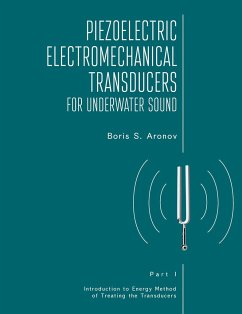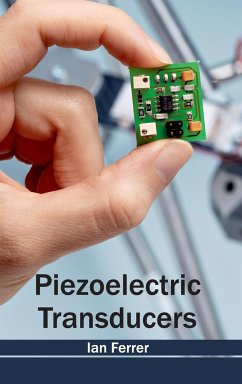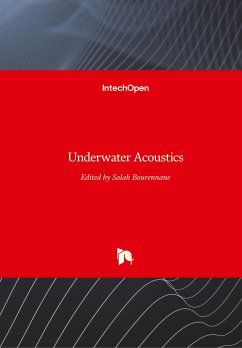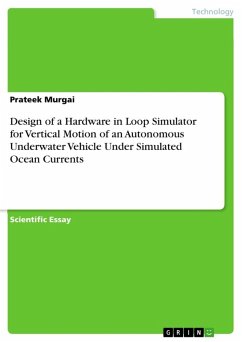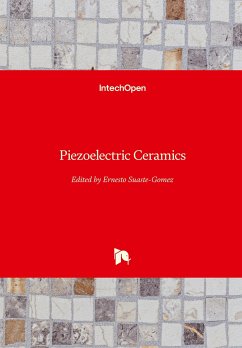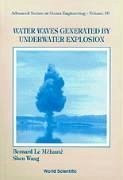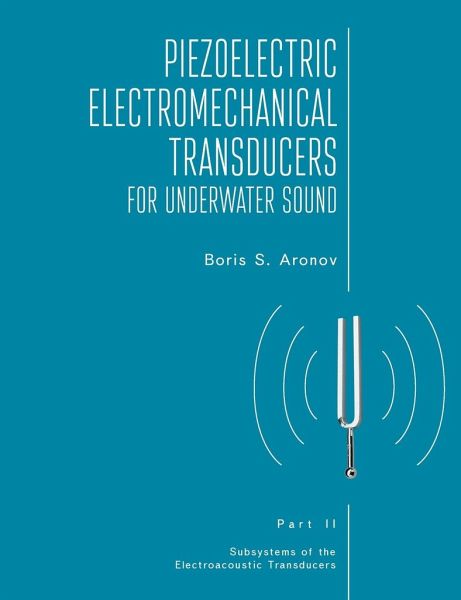
Piezoelectric Electromechanical Transducers for Underwater Sound, Part II
Versandkostenfrei!
Versandfertig in 1-2 Wochen
157,99 €
inkl. MwSt.

PAYBACK Punkte
79 °P sammeln!
The book presents a broad-scope analysis of piezoelectric electromechanical transducers and the related aspects of practical transducer design for underwater applications. It uses an energy method for analyzing transducer problems that provides the physical insight important for the understanding of electromechanical devices. Application of the method is first illustrated with transducer examples that can be modeled as systems with a single degree of freedom, (such as spheres, short cylinders, bars and flexural disks and plates made of piezoelectric ceramics). Thereupon, transducers are modele...
The book presents a broad-scope analysis of piezoelectric electromechanical transducers and the related aspects of practical transducer design for underwater applications. It uses an energy method for analyzing transducer problems that provides the physical insight important for the understanding of electromechanical devices. Application of the method is first illustrated with transducer examples that can be modeled as systems with a single degree of freedom, (such as spheres, short cylinders, bars and flexural disks and plates made of piezoelectric ceramics). Thereupon, transducers are modeled as devices with multiple degrees of freedom. In all these cases, results of modeling are presented in the form of equivalent electromechanical circuits convenient for the calculation of the transducers' operational characteristics. Special focus is made on the effects of coupled vibrations in mechanical systems on transducer performance. The book also provides extensive coverage of acoustic radiation including acoustic interaction between the transducers. The book is inherently multidisciplinary. It provides essential background regarding the vibration of elastic passive and piezoelectric bodies, piezoelectricity, acoustic radiation, and transducer characterization. Scientists and engineers working in the field of electroacoustics and those involved in education in the field will find this material useful not only for underwater acoustics, but also for electromechanics, energy conversion and medical ultrasonics. Part II contains general information on vibration of mechanical systems, electromechanical conversion in the deformed piezoceramic bodies, and acoustic radiation that can be used independently for treatment transducers of different type.






